Solarpunk, a recent artistic movement spun from cyberpunk and steampunk aesthetics that turns sci-fi on its head, is a snapshot of what utopia could be should climate change be stopped. As opposed to the dismal and mechanistic futures shown in dystopias, Solarpunk is more joyous and regenerative. In this design, the sun and wind are used to harvest energy without damaging the environment, and green roofs and windmills make it possible to live in harmony with nature.
Sounding like a much better alternative to the devastation of being plunged into fire and water caused by the earth’s destruction, it’s not hard to see why solarpunk is a growing genre people are escaping into. Solarpunk stories do not begin and end with dystopia, even though they frequently take place in post-apocalyptic settings. Following a climatic catastrophe and dystopia, hopeful, optimistic communities overcome obstacles and work together to create utopias. Solarpunk has some valuable lessons to offer. It has the potential to assist us in overcoming the current situation by providing hope rather than fear. Solarpunk envisions a future in which cities are infused with a sense of community that isn't as prevalent today.
A key characteristic of solarpunk is its collection of images depicting futuristic cities bursting with flora, radical designs for renewable energy infrastructure, and imaginative solutions to the current struggle to ensure the sustainability of our planet. Its goal is to answer and encapsulate the question, "What does a sustainable civilisation look like, and how can we get there?"
A beautiful example of solarpunk art can be seen in this image.
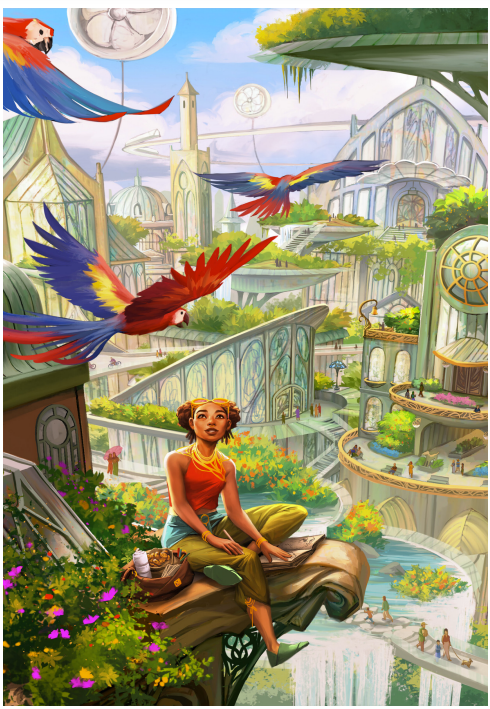 Solarpunk inspired art (Fei, 2019)
Solarpunk inspired art (Fei, 2019)
This has been created by artists representing their thoughts on the subject. Every corner of the city is bursting with green, as there is no sign of pollution. Compared to dystopian art or photography, solarpunk art illustrates a positive outlook on cities and climate change. A hopeful perspective is similar to optimism, while a dystopian perspective leads to pessimism - which is ultimately unproductive. People can learn about sustainable behaviours or how they can be involved in reducing climate change risks by being optimistic and hopeful, which can lead to behavioural changes and becoming 'greener.'
The information people learn from dystopian content is better used than 'nowhere', where they do nothing with it. It is widely believed that we are doomed, or that life will be reshaped into an uninhabitable state in the near future. People feel energised and inspired rather than anxious or depressed, leading them to research more about climate change, what they can do, what petitions to sign, what protests are going on, etc. In other words, it's a moralising approach rather than worrying about the nightmare that awaits once we reach the 'tipping point.'
Artist Fabien Barrou is known for his artistic depictions of a “utopia”. He says,
“My motivation for this series was how to influence awareness of climate change and the urgency to act every day according to one’s means and power. In my case, my little power is to create images and imagine myself as an explorer who will return from the future with photos of a changed world. I remain convinced that a simple image can have more impact on people, especially the youngest, to understand the probabilities of the consequences of inaction.”
Fabien created this series of images to visualise a future that becomes more possible by the day to give people a representation of the consequences their unchanged behaviour is leading towards. This image from the series visualises what most of us imagine our possible future to be. Besides its isolating beauty, it’s desolate and dreadful.
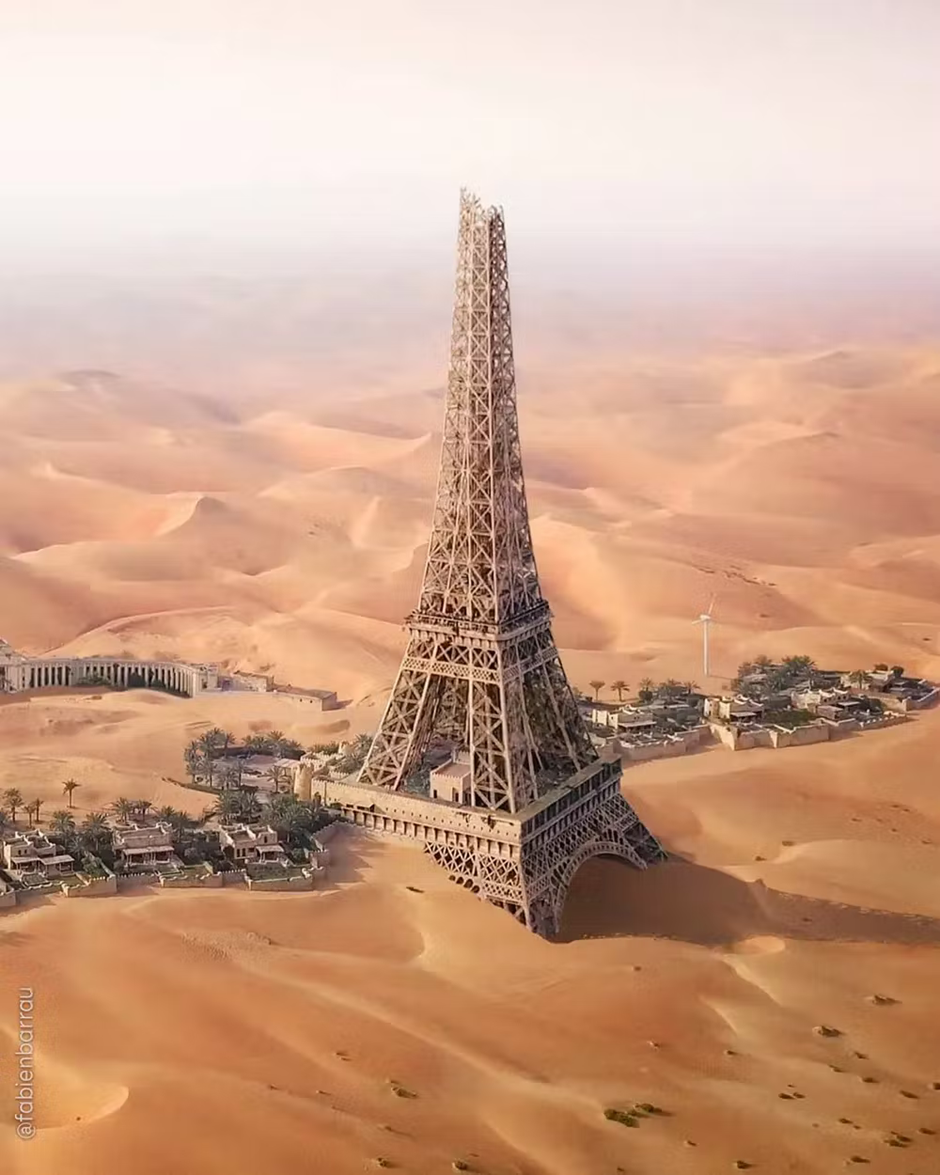 Future of Paris portrayed by Fabien Barrau from the series ‘News of the Future.’
Future of Paris portrayed by Fabien Barrau from the series ‘News of the Future.’
Solarpunk counteracts this isolated disaster to give hope and power to people as a better future is possible. It envisions a better world than what’s depicted in Barrau’s work, emphasising that their actions, small or big, can lead to positive change. People can feel as if their efforts are meaningless with messages that repeat that there is no changing the dark future ahead of us. Solarpunk is thus important igniting a spark that change is possible.
The rise of solarpunk suggests that being resigned to the idea of a dystopian future might be changing to a more hopeful outlook in an attempt to ease and inspire the public to create little changes for the hopeful outlook to become a reality. Dystopian ideas have been around for years, and yet, Co2 still rises with each year hearing a new story on how we’re one step closer to reaching the point of no return. Dystopia hasn’t motivated people to make a change or else we’d see an incredibly small decrease in Co2 levels. It’s time for a new imagination of the future to be showcased to the public inspiring change.

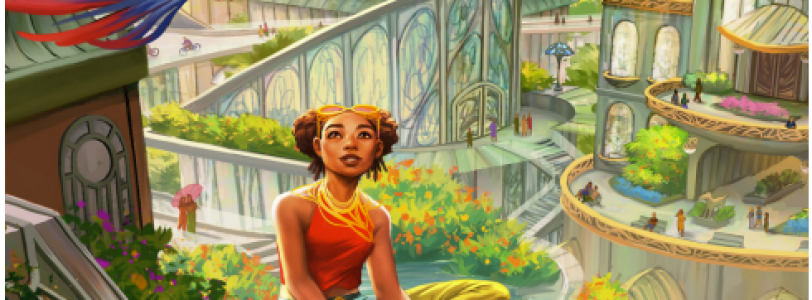

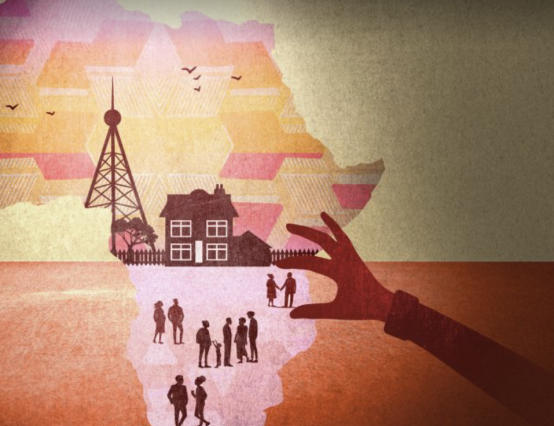

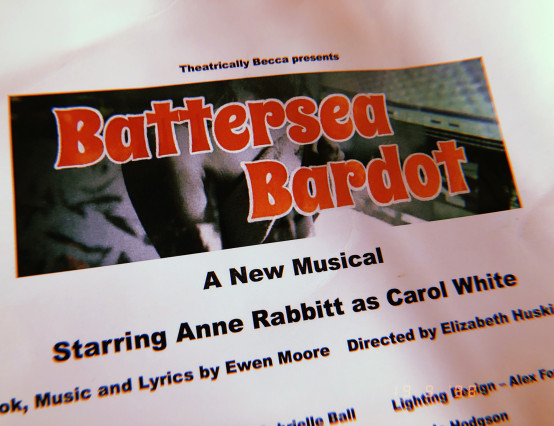


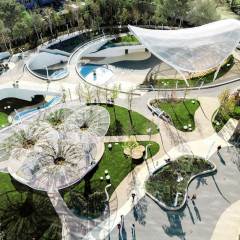
0 Comments